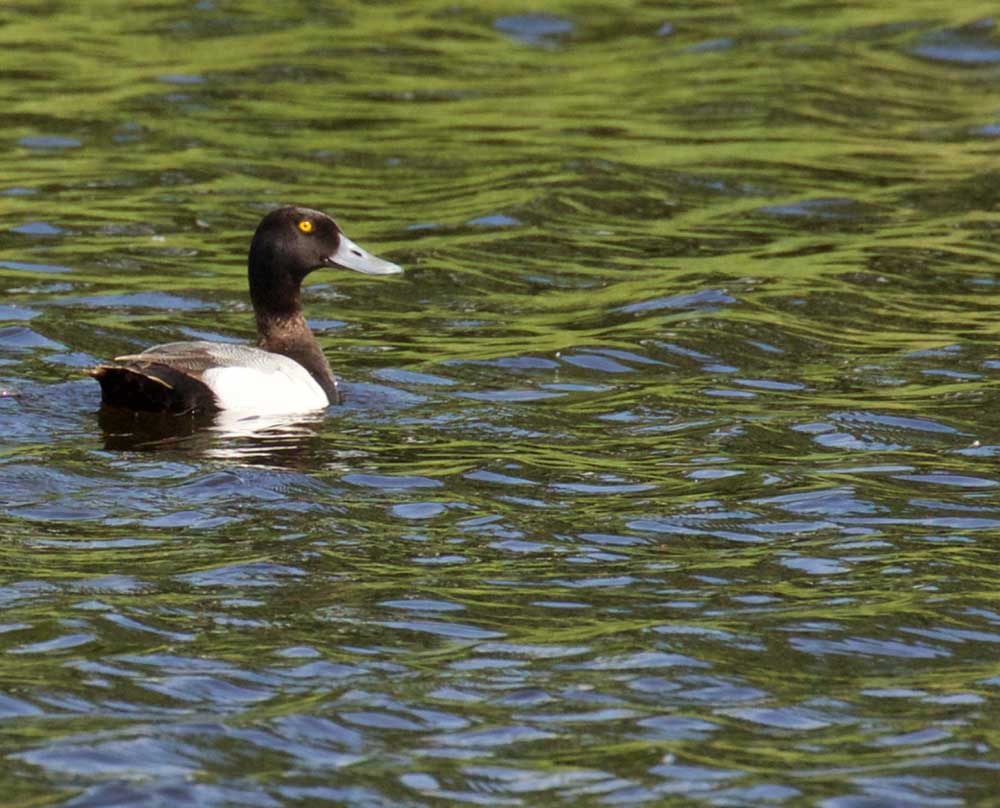Birdwatching The greater scaup: Also known as the ‘bluebill’
Published 2:37 pm Tuesday, June 28, 2016

- A male greater scaup.
The greater scaup is common in the Willapa National Wildlife Refuge and in the surrounding areas.
Trending
The male looks much like the lesser scaup except that it is slightly larger, has a rounded head and a large bluish bill. The lesser scaup does not have a rounded head. The greater scaup has a white body, a black front and a black rear. The female is pale brown on the body, but has a dark brown head with white around the base of the bill.
It is a diving duck. Thus, it will dive underwater to capture prey such as clams, snails and crustaceans. It also eats seeds, aquatic insects and aquatic plants.
The greater scaup nests in a depression on the ground. The nest is shaped like a bowl and is lined with grasses and down. It prefers to locate in tall grassy areas that are not in a flood zone. The female incubates the eggs, while the male goes off to find a large lake where he molts and feeds until the time of fall migration. The same lake is used yearly.
Trending
The greater scaup prefers to hang out along the coast and in larger bodies of water during the winter, such as lakes and bays. We generally do not see this duck in summer. It is a migrant in the Willapa refuge, and is common in spring, fall and winter.
An interesting fact about older greater scaup females according to the Cornell Ornithological Lab is that sometimes an older female will begin to take on the characteristics of a male. It begins to look like a male on the head and back, but still has the tell tale white face patch on her face.
The greater scaup can still be seen on the refuge in June. Look for them in places where large bodies of water are found, such as Willapa Bay. If you don’t find the greater scaup try again in the fall when migration is in full swing once again.









